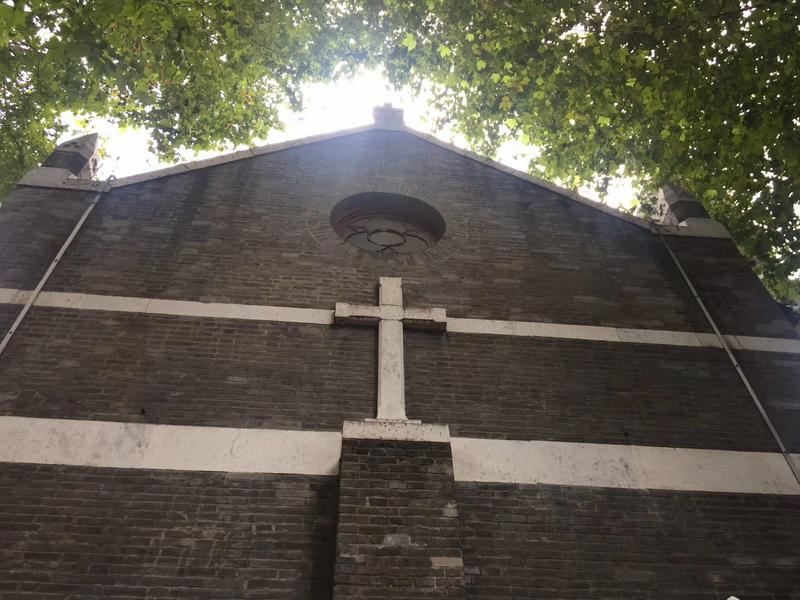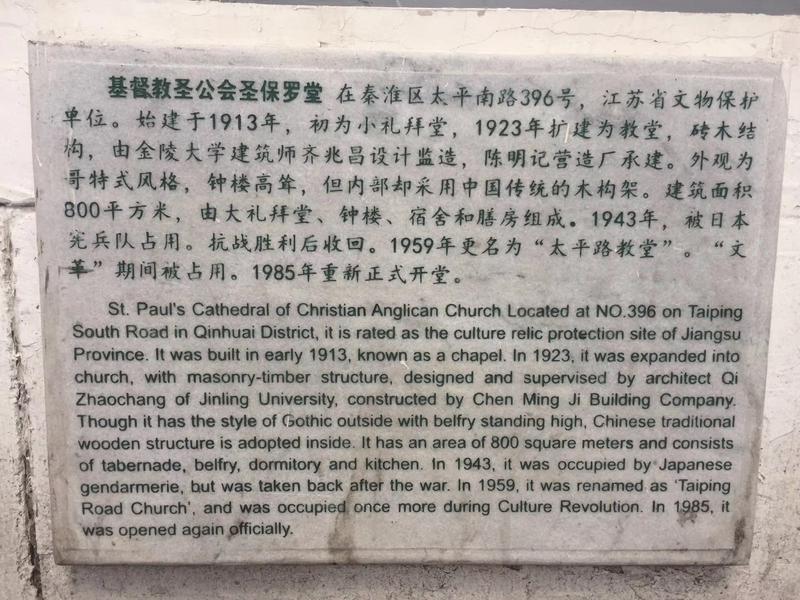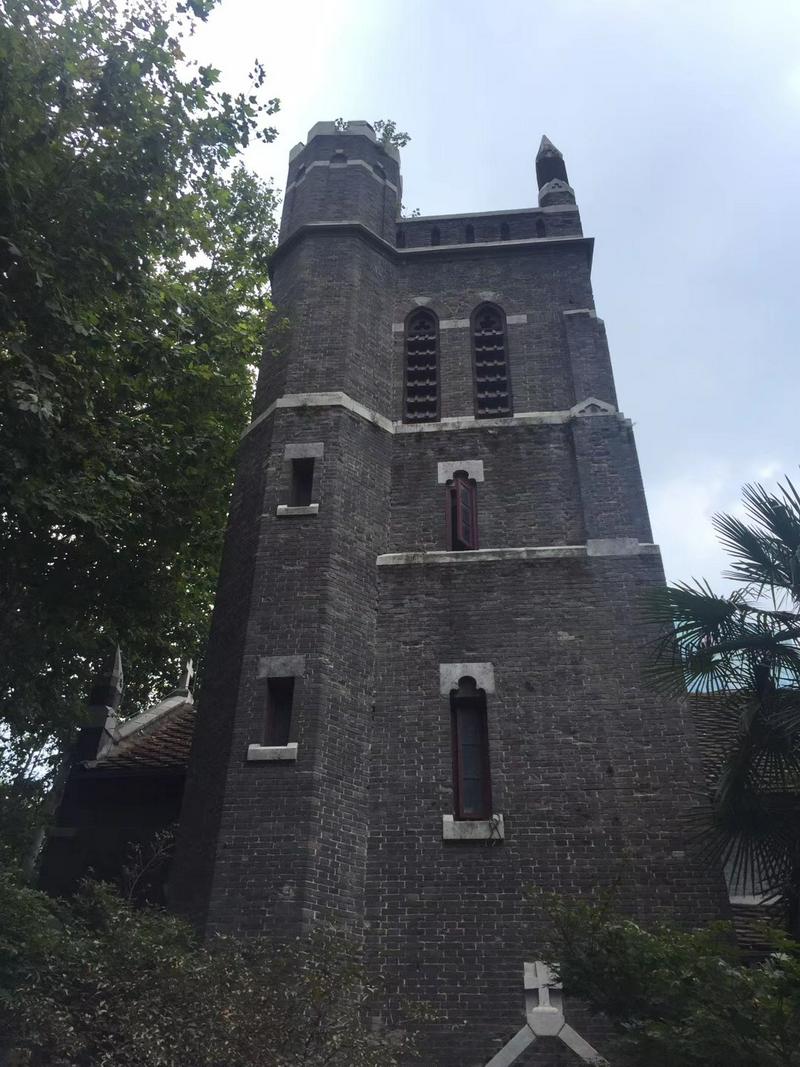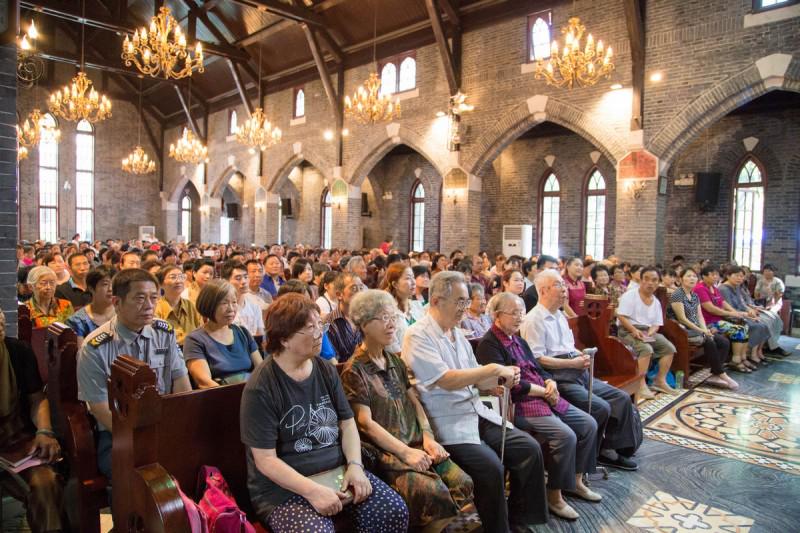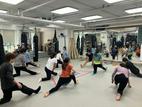Nanjing is one of the core regions of Christianity in China where important Christian organizations such as Nanjing Union Theological Seminary and Amity Printing Factory are located. Among the many beautiful churches in the city, St. Paul's Church is one of the classical buildings.
In 1909, the American Episcopalian missionary G.M.B. Gill came to Nanjing and in the subsequent year started preaching the Gospel in Mafu Street.
In 1912, a small chapel was built on land purchased by Gill and was called "St. Paul's Church". The design was under the supervision of Qi Zhaochang, an architectural engineer from the University of Nanking. The total expense was $12,000 dollars, or 48,000 silver dollars at that time.
In 1922, the Jiangsu Diocese of the Holy Catholic Church in China or the Anglican-Episcopal Province of China funded the demolition of the church and constructed two buildings. The main part of the new building in Gothic style became the Anglican church and retained many Catholic cultural elements.
The new church was 11 meters tall, 34 meters long, and 12.6 meters wide, with a floor area of 485 square meters (0.12 acres) and also had a four-storey bell tower with a height of 18 meters. A smaller chapel was also constructed for small religious activities.
According to the records, the church had a herringbone-style wooden roof. All the windowsills, door pockets, and the caps and crenels of the bell tower were made of polished stones. The lectern, baptismal font, pulpit, altar, handrails, and balusters were also inlaid with the same white stones. The 18.2-meter high bell tower contained a bell two meters in diameter. In the middle part of the tower, there was spiral staircase with more than 40 steps leading to the top.
In 1927, the church was taken over by the Northern Expedition Army who occupied Nanjing and it stopped functioning. The then foreign minister tried to argue for the church, and eventually it was re-opened. As it gradually grew in numbers, St. Paul's became one of the largest churches in Nanjing.
By 1937 when the Japanese army captured Nanjing, some parts of the church were destroyed. However, fortunately, the main part remained intact.
In March 1943, the Japanese military police seized the church. It was not until Imperial Japan surrendered in World War II in 1945 that the Episcopalian church took back the church property. Two pastors cleaned and restored the church.
In 1952, a branch of Three-Self Innovation Promotion Association was established in the church and chaired by Rev. Chen Zemin. On July 28, 1985, the church was re-opened.
Today, it has more than 5,000 members and a weekly Sunday attendance of about 3,000 for the eight services. In 2003, renovations were carried out along with landscaping work.
- Translated by Karen Luo

